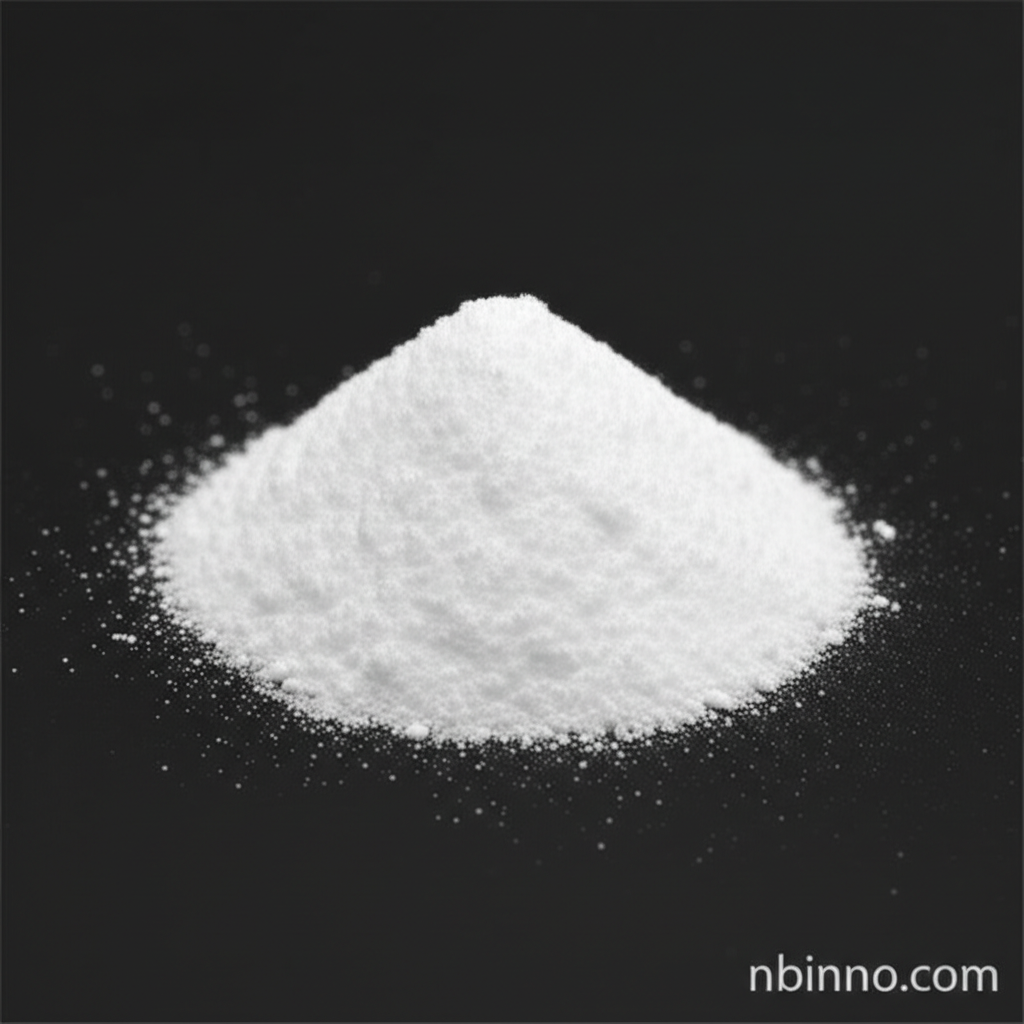Tigecycline CAS 220620-09-7: A Deep Dive into a Critical Antibacterial Agent
Explore the comprehensive profile of Tigecycline, a vital antibiotic for combating severe bacterial infections.
Get a Quote & SampleProduct Core Value

Tigecycline
Tigecycline (CAS 220620-09-7) stands as a critical glycylcycline antibiotic, designed to combat a wide array of serious bacterial infections. Its development was a response to the escalating challenge of antibiotic resistance, particularly against multi-drug resistant strains. Tigecycline functions by inhibiting bacterial protein synthesis through its binding to the 30S ribosomal subunit, effectively halting the growth and proliferation of bacteria.
- Understanding the tigecycline mechanism of action reveals its potent inhibition of bacterial protein synthesis by targeting the 30S ribosomal subunit.
- Explore the tigecycline antibacterial spectrum, which includes coverage against Gram-positive, Gram-negative, and anaerobic pathogens, even those resistant to other antibiotics.
- Key insights into tigecycline resistance mechanisms highlight the complex strategies bacteria employ to evade its effects, making it crucial for informed treatment decisions.
- Navigating tigecycline drug interactions is essential for patient safety, as it can interact with various medications, necessitating careful consultation with healthcare professionals.
Key Advantages
Broad-Spectrum Efficacy
Tigecycline offers a broad spectrum of activity, making it effective against a wide range of Gram-positive, Gram-negative, and anaerobic bacteria. This versatility is crucial for treating complex infections where the causative agent may not be immediately known, providing a vital tool in the fight against antimicrobial resistance.
Combatting Resistance
As a glycylcycline, Tigecycline is designed to overcome common resistance mechanisms seen with tetracyclines, offering a crucial alternative when other antibiotics are ineffective. This makes it a vital component in strategies to manage infections caused by multi-drug resistant organisms.
Last-Resort Treatment
Due to its potent activity and broad coverage, Tigecycline often serves as a last-resort treatment option for severe infections that have failed to respond to other antibiotic therapies. Understanding its tigecycline indications is key to its appropriate use.
Key Applications
Complicated Skin and Soft Tissue Infections (cSSTI)
Tigecycline is indicated for the treatment of cSSTI caused by susceptible bacteria, providing a reliable option for patients with these challenging infections. Proper understanding of tigecycline side effects is important for patient management.
Complicated Intra-abdominal Infections (cIAI)
For cIAI, Tigecycline offers effective treatment, addressing infections that are often polymicrobial and require robust antibacterial coverage. The tigecycline black box warning emphasizes its restricted use.
Community-Acquired Bacterial Pneumonia (CABP)
Tigecycline is also used in the treatment of CABP, where its broad-spectrum activity can be beneficial in targeting bacterial pathogens responsible for this condition. Research into tigecycline resistance mechanisms is ongoing.
Management of Multi-Drug Resistant Organisms
Its role in managing infections caused by multi-drug resistant (MDR) pathogens underscores its importance in modern infectious disease treatment, making it a critical therapeutic agent.
Related Technical Articles & Resources
Why Choose Us?
Leverage our expertise and state-of-the-art infrastructure to accelerate your journey from discovery to commercial success.
Global Experience
With 20 years of R&D, manufacturing, and sales experience, we proudly serve clients across 60 countries and regions worldwide.
Advanced Facilities
Our in-house R&D laboratory, pilot platform, and large-scale production workshop are equipped to meet the audit requirements of global customers.
Seamless Scalability
We facilitate a perfect transition from small-scale lab requirements (grams) to full commercialization (hundreds of tons).
